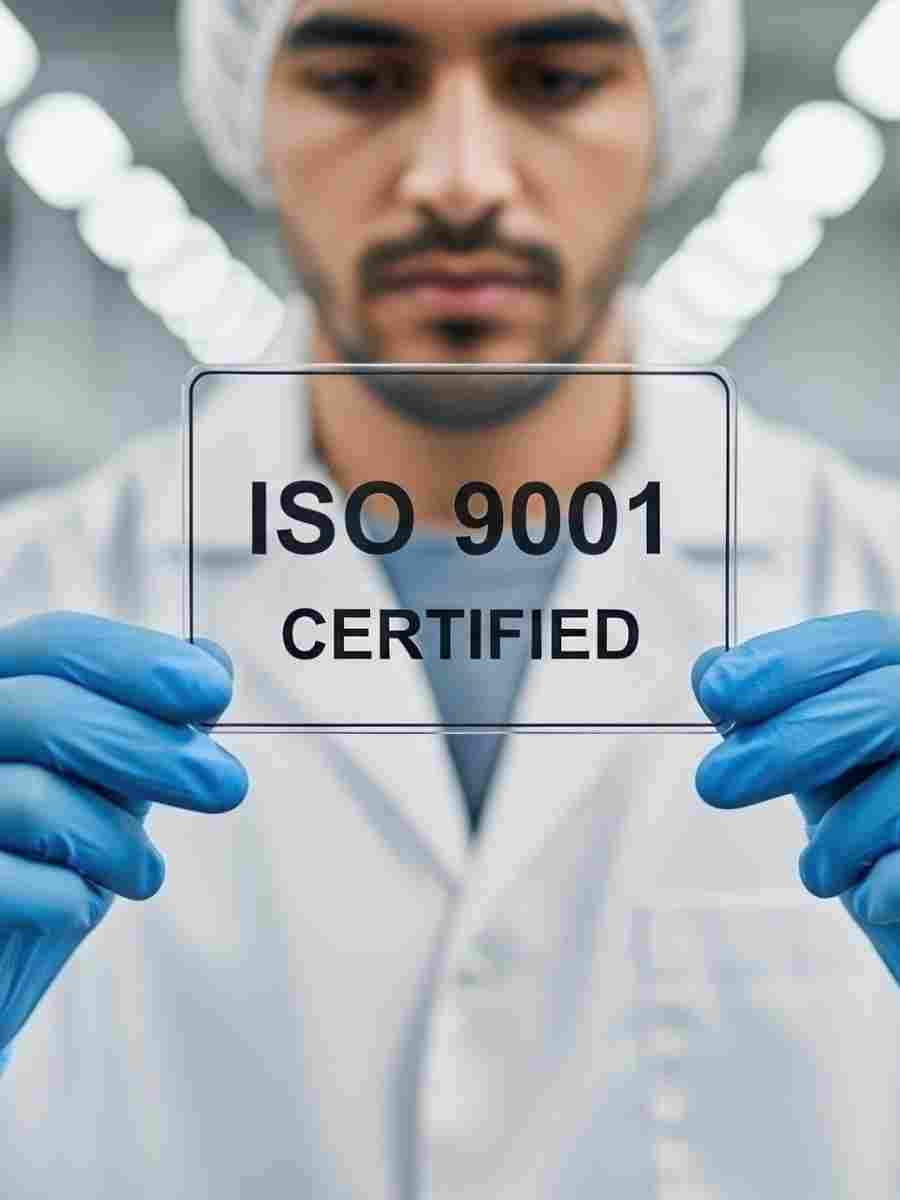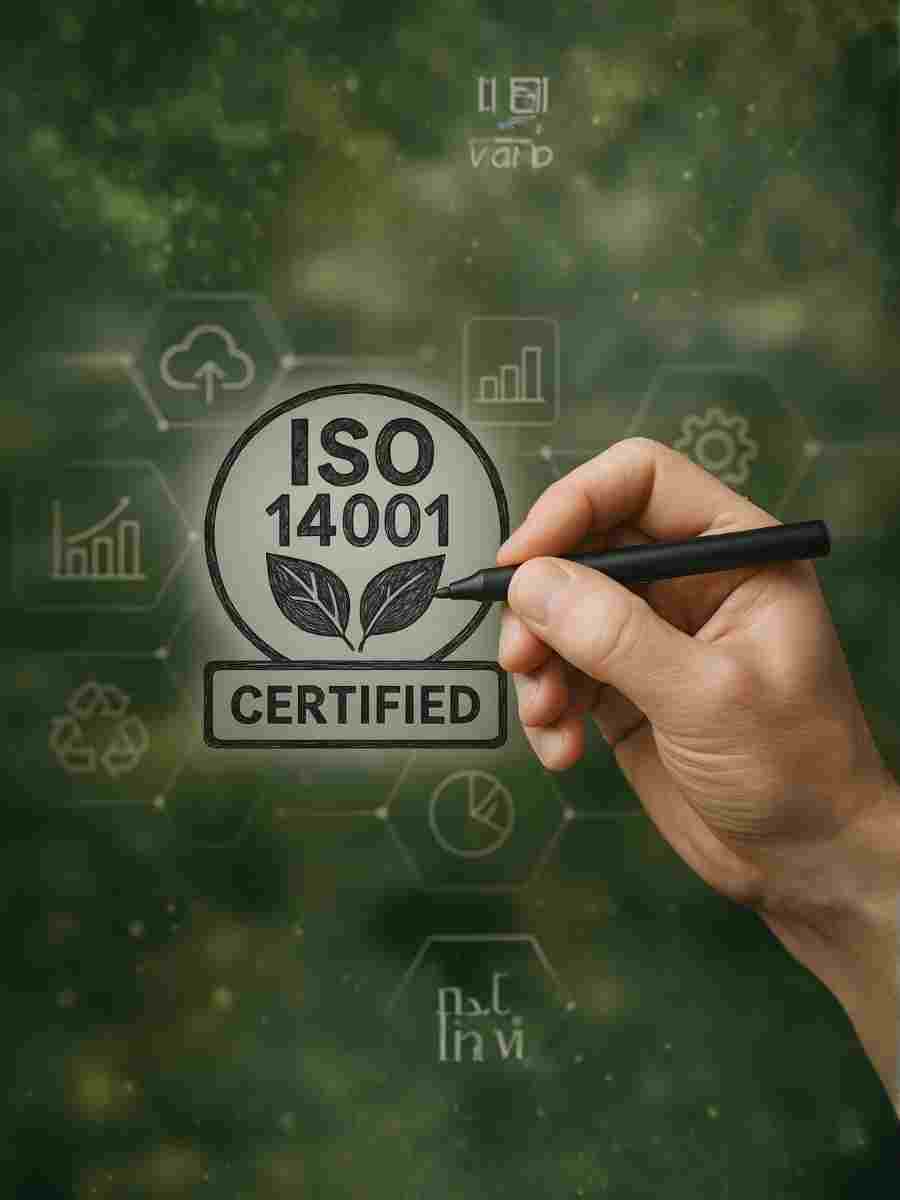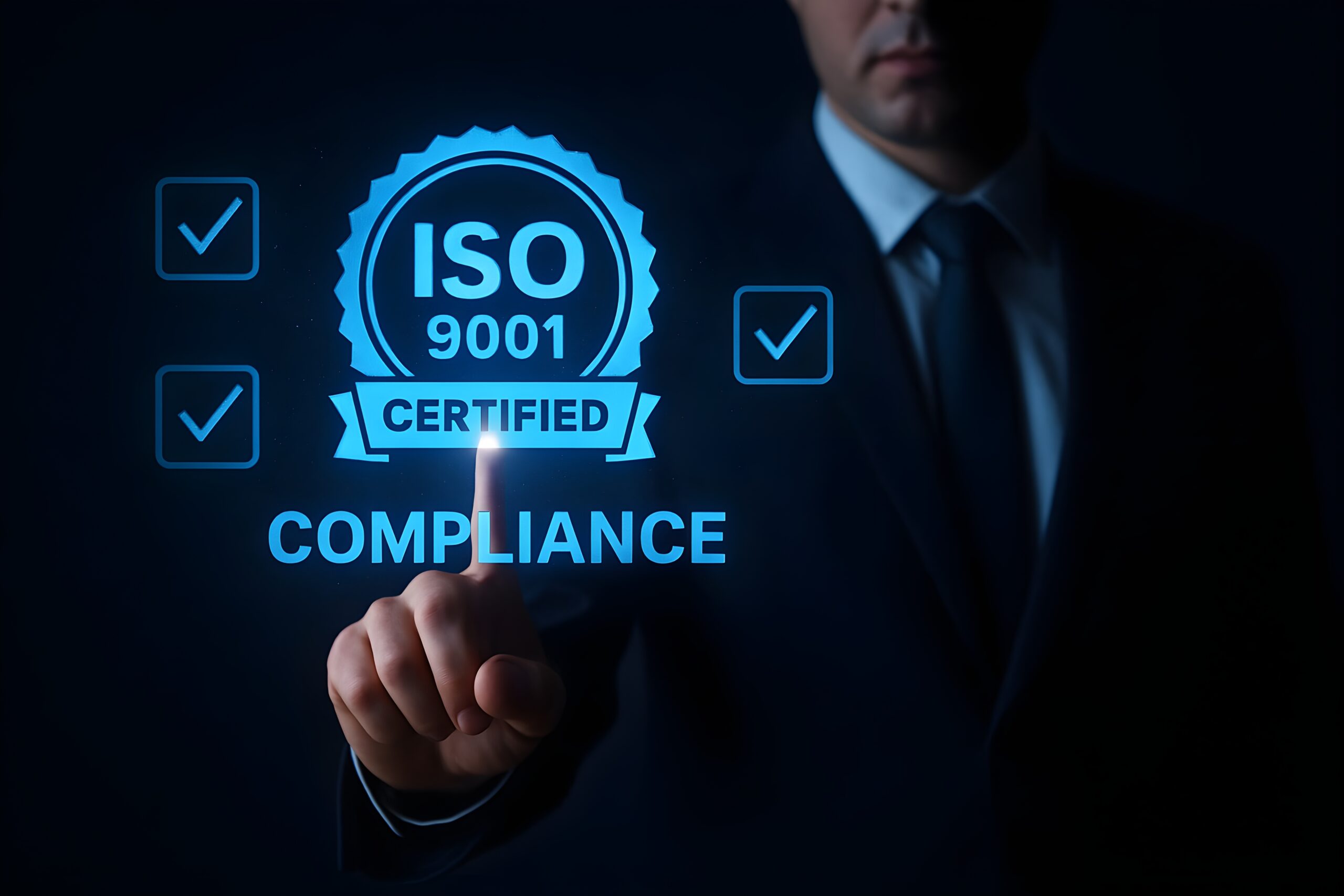ISO Standards Updates Coming (2026-2027)
What You Really Need to Know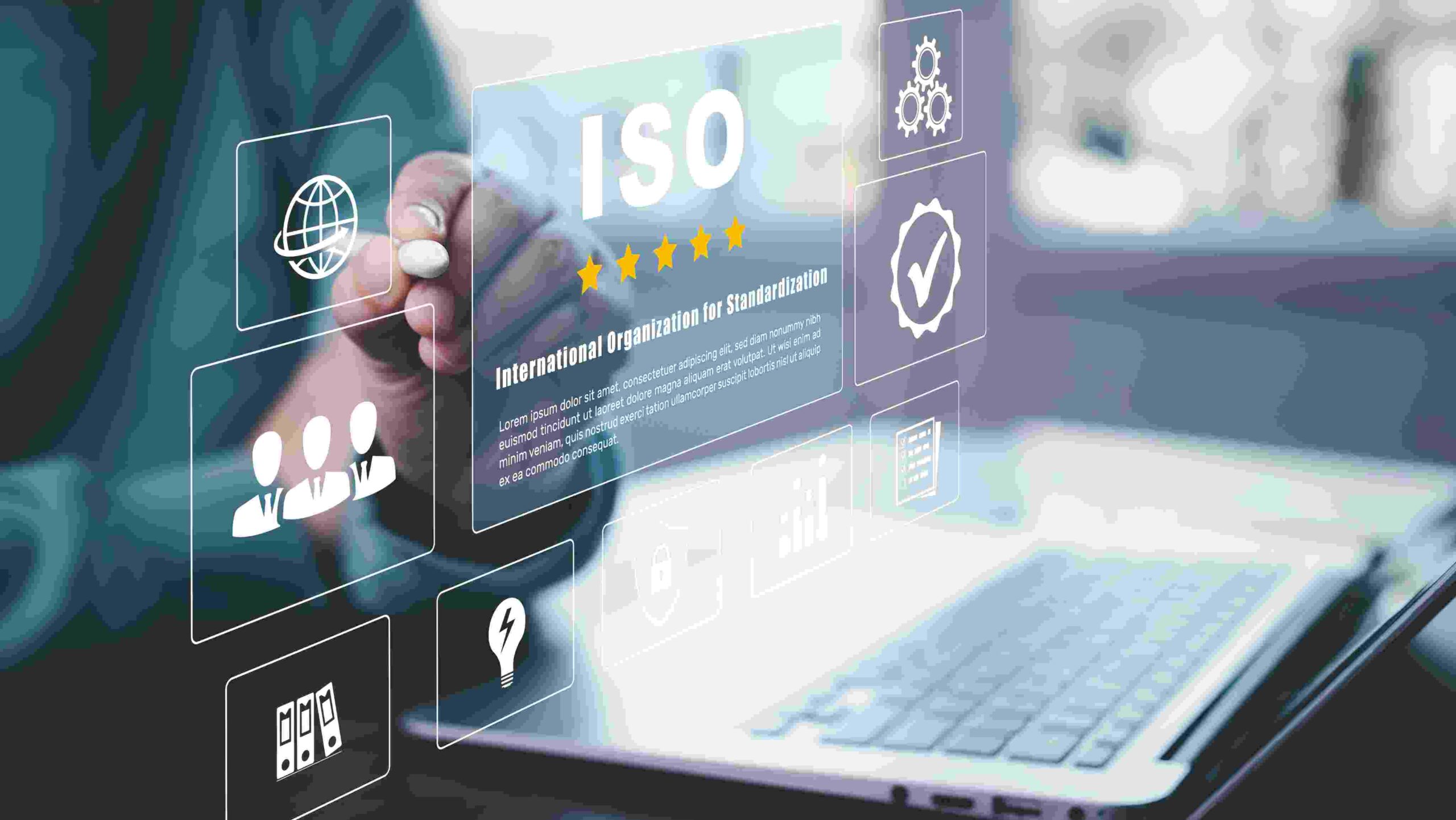
Now is the time to start paying attention
If you’re running a business with ISO certification, or you’re thinking about getting certified, there’s something important on the horizon you need to know about. Three of the world’s most widely used management system standards are getting updated, and whilst the changes won’t land until 2026 and 2027, now’s the time to start paying attention.
We’re talking about ISO 9001 (quality management), ISO 14001 (environmental management), and ISO 45001 (occupational health and safety). Between them, these standards are used by hundreds of thousands of organisations worldwide, including countless businesses right here in Ireland. The upcoming revisions aren’t just minor tweaks – they’re bringing these frameworks into line with today’s challenges, from mental health and wellbeing to climate change and digital transformation.
So what’s actually changing, why does it matter, and what should you be doing now to prepare? Let’s break it all down.
Why Are These Standards Being Updated?
ISO standards aren’t set in stone. They’re living documents that get reviewed and updated regularly to stay relevant. The world of work has changed massively since these current versions were published ISO 9001:2015, ISO 14001:2015, and ISO 45001:2018. We’ve seen the rise of remote working, increased focus on mental health, climate emergencies, and rapid digital transformation. These revisions are about making sure the standards reflect the realities businesses are facing today.
According to Britsafe, organisations that get ahead of these changes will find the transition much smoother than those who leave it until the last minute. And with implementation deadlines stretching into 2029 and 2030, there’s a genuine opportunity here to get it right rather than rushing at the end.
What’s Changing in ISO 9001:2026?
ISO 9001 is the big one it’s the most widely adopted management standard in the world. The 2026 revision is expected to bring quality management into the digital age properly.
The draft changes suggest a stronger emphasis on:
Digital transformation and technology integration – Quality management systems will need to account for how digital tools, automation, and data analytics impact your processes. If you’re still running things on spreadsheets and paper, this might be the push you need to modernise.
Organisational resilience – The pandemic taught us all about the importance of being able to adapt quickly. The new version will likely require businesses to demonstrate how they can respond to disruptions and maintain quality standards when things go sideways.
Sustainability considerations – Quality management isn’t just about consistent products anymore. There’s a growing expectation that organisations consider their environmental and social impact as part of their overall quality approach.
Risk-based thinking – This was introduced in 2015, but it’s being strengthened. You’ll need to show you’re proactively identifying and managing risks rather than just reacting to problems.
The International Organisation for Standardisation expects to publish ISO 9001:2026 around September or October 2026, with a three-year transition period for certified organisations to update their systems.
What’s Changing in ISO 14001:2026?
Environmental management is front and centre of business concerns these days, and ISO 14001:2026 is being updated to reflect that urgency.
Key changes are expected to include:
Climate change action – This is the big one. The revised standard will likely require organisations to explicitly consider climate change in their environmental management systems. That means thinking about both how climate change affects your operations and how your operations impact the climate.
Circular economy principles – Expect stronger requirements around waste reduction, resource efficiency, and designing products and processes with end-of-life in mind. The days of “take, make, dispose” are numbered.
Biodiversity and ecosystem protection – It’s not just about carbon anymore. The new version may require businesses to consider their impact on local ecosystems and biodiversity.
Supply chain environmental management – Your environmental responsibilities don’t stop at your own front door. There’ll likely be increased focus on understanding and managing environmental impacts throughout your supply chain.
Publication is expected in early 2026, possibly as early as January, giving organisations until 2029 to transition.
What’s Changing in ISO 45001:2027?
This is where things get really interesting. ISO 45001 is relatively new compared to the others – it only came out in 2018 but it’s already due for updates to address gaps that have become apparent.
The revision is expected to expand the scope significantly:
Mental health and wellbeing – Finally, workplace safety standards are catching up with what we all know matters. The updated version will place much stronger emphasis on psychological health, not just physical safety. That means addressing stress, burnout, harassment, and creating psychologically safe workplaces.
Psychosocial risks – Related to the above, but broader. Think about factors like workload, work-life balance, organisational culture, and support systems. These aren’t nice-to-haves anymore – they’ll be part of your health and safety management system.
Diversity, equity, and inclusion – Workplace safety isn’t one-size-fits-all. The revised standard is likely to require organisations to consider how different groups of workers might face different risks and need different support.
Technology and emerging risks – From remote working arrangements to new technologies like AI in the workplace, the standard needs to address safety risks that didn’t exist or weren’t widespread when the 2018 version was written.
Climate change and workplace safety – How do extreme weather events affect worker safety? What about heat stress as temperatures rise? These considerations are expected to be woven into the standard.
According to LRQA’s guidance on the ISO 45001 revision, the next committee meeting is planned for May 2025, with publication likely following in 2027. That gives certified organisations until 2030 to transition.
Intertek’s analysis suggests these changes represent a fundamental shift from viewing occupational health and safety as purely about preventing physical injuries to a much more holistic approach to worker wellbeing.
Why Should Irish Businesses Care?
You might be thinking, “That’s all well and good, but why should I care right now?” Fair question. Here’s why these changes matter for businesses in Ireland:
Regulatory alignment – The Health and Safety Authority (HSA) in Ireland and the Health and Safety Executive (HSE) in the UK both reference ISO standards in their guidance. As these standards evolve, you can expect regulatory expectations to shift as well.
Competitive advantage – Being an early adopter of the new standards can differentiate you from competitors. It shows customers, partners, and potential employees that you’re forward-thinking and genuinely committed to quality, environmental responsibility, and worker wellbeing.
Avoiding the rush – Remember the scramble when ISO 9001:2015 came out? Certification bodies get swamped during transition periods, auditors are in high demand, and everyone’s competing for limited resources. Starting early means you can take your time and do it properly.
Better business outcomes – These aren’t just compliance exercises. The changes being introduced around resilience, mental health, sustainability, digital transformation are things that genuinely improve how organisations operate. Early adoption means earlier benefits.
Supply chain requirements – If you’re part of larger supply chains, your customers may start requiring compliance with the updated standards before the transition deadlines. Getting ahead of this keeps you competitive.
What’s Changing in ISO 45001:2027?
Three years might sound like plenty of time, but these transitions always come around faster than you think. Here’s what you can start doing now:
Stay informed – Keep an eye on the development of these standards. The draft versions (DIS – Draft International Standard) will be available for review before final publication. Understanding what’s coming helps you plan better.
Conduct a gap analysis – Even though the final standards aren’t published yet, you can get a sense of the direction they’re heading. Look at your current systems and identify areas that might need strengthening. Where are you already doing well? Where might you need to develop new approaches?
Start conversations – Talk to your certification body about the upcoming changes. Discuss with your team what the new requirements might mean for your organisation. Get leadership buy-in early.
Address the low-hanging fruit – Some changes are pretty predictable. You know mental health and wellbeing will be part of the new ISO 45001. You know sustainability and climate considerations will feature in ISO 14001. You don’t have to wait for the final standard to start making improvements in these areas.
Invest in capability – Whether it’s training your team, upgrading your systems, or bringing in external expertise, building your capability now means you’ll be ready when the new standards drop.
Document what you’re already doing – Many organisations are already addressing things like mental health, digital transformation, and environmental sustainability – they just haven’t formalised it within their management systems. Start documenting your current good practices so you can demonstrate compliance more easily later.
Think integration: If you’re certified to multiple ISO standards, consider how you can manage these transitions in an integrated way rather than treating each one as a separate project. The standards are designed to work together.
The Timeline at a Glance
These ISO updates represent a significant evolution in how we think about quality, environmental management, and workplace safety. They’re moving beyond pure compliance and technical requirements to address the real challenges businesses face from taking care of people’s mental health to responding to climate change to staying resilient in an uncertain world.
Yes, there’s work involved in transitioning to the new standards. But there’s also real opportunity here. The organisations that embrace these changes early won’t just be compliant they’ll be building more resilient, sustainable, and people-focused businesses. And in today’s world, that’s not just good practice it’s good business.
The key is starting now. You’ve got time on your side if you use it wisely. Begin those conversations, start planning, and take steps to strengthen your systems in the areas you know will be important. When the final standards are published, you’ll be ready rather than rushing.
Want to stay updated on these changes and other important developments in health, safety, environmental, and quality management? Keep following along, and don’t hesitate to reach out to experts who can help guide you through the transition.
How Acorn Star Can Help You Prepare
Getting ready for ISO standards updates doesn’t have to be overwhelming. Whether you’re working towards your first certification or updating existing systems, having the right support makes all the difference.
At Acorn Star, we specialise in helping Irish businesses navigate HSEQ compliance with confidence. Our consultancy services can guide you through the transition process, from gap analysis to full implementation. We’ll work with you to understand what these ISO updates mean for your specific organisation and create a practical roadmap that fits your timeline and budget.
Our internationally accredited training programmes are designed to get your team up to speed quickly. With engaging online courses covering everything from quality management to workplace safety, your staff can learn at their own pace whilst you maintain full visibility of progress through our platform. We’ve helped over 3,000 businesses streamline their compliance training, backed by nearly 1,000 5-star Google reviews.
What sets us apart? We’re pioneers in using cutting-edge technology like augmented reality to make safety and compliance training actually stick. Our courses aren’t just tick-box exercises – they’re built to create genuine understanding and lasting behaviour change.
Whether you need help preparing for ISO 9001, ISO 14001, or ISO 45001 updates, or you’re looking to strengthen your overall HSEQ systems, we’re here to help.
Get in touch with Acorn Star today to discuss how we can support your ISO journey. Visit www.acornstar.com or contact our team to arrange a consultation.

Why Halloween is Ireland’s Deadliest Night on the Roads
The Invisible Danger Why Halloween is Ireland's Deadliest Night on the Roads What You Really Need to Know Introduction Halloween should be about ghosts and ghouls, trick-or-treating and fancy dress parties. It’s meant to be a night of harmless fun when children...

Asbestos Exposure Limits Are Getting Stricter
Seismic Shift EU Asbestos Law Dramatically Tightens for Irish Businesses Why a 90% Exposure Limit Cut Changes Everything The Clock is Ticking Ireland’s New Asbestos Law Deadline A seismic shift is coming to asbestos regulation across the European Union, and...
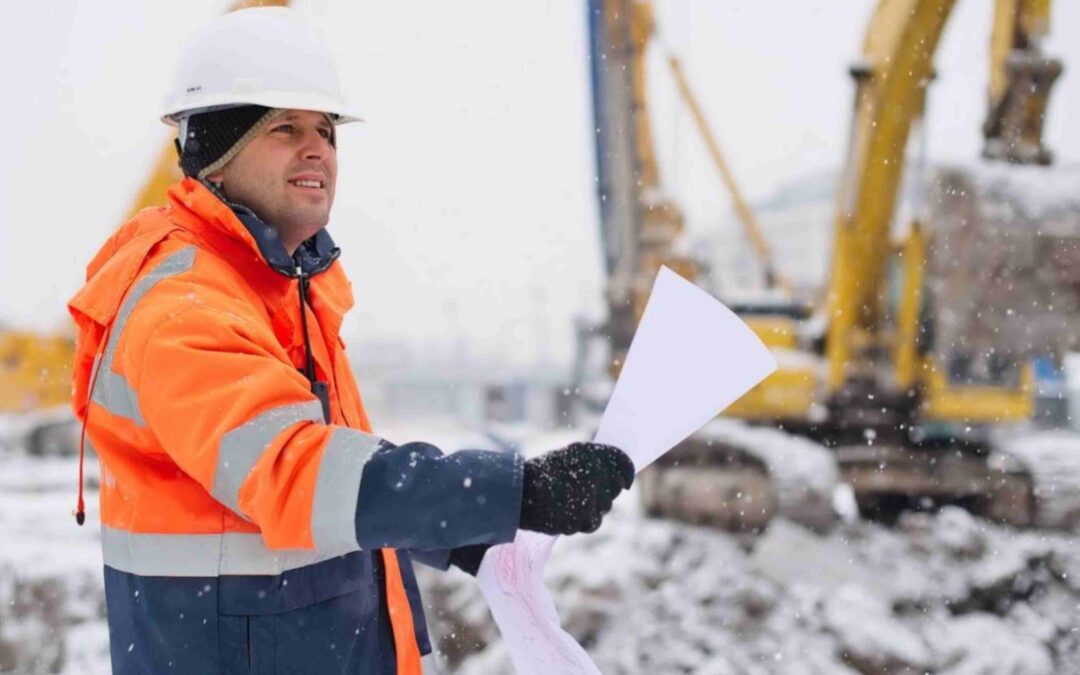
HSA Inspections Up 10% in 2025 Is Your Business Ready?
HSA Inspections Up 10% in 2025 Is Your Business Ready? Preparing for More HSA Scrutiny Are Your Workplace Safety Systems Audit-Ready? On 21st October 2025, the Health and Safety Authority made an announcement that sent ripples through Irish boardrooms and safety...

What “Quality” Really Means in 2025 Beyond the Checkbox
What "Quality" Really Means in 2025 Beyond the Checkbox What You Really Need to Know Introduction Halloween should be about ghosts and ghouls, trick-or-treating and fancy dress parties. It’s meant to be a night of harmless fun when children roam the streets in...

New EU Toy Safety Regulation
New EU Toy Safety Regulations What You Really Need to Know New EU Toy Safety Regulations On 13 October 2025, the Council of the EU approved its position on a new Toy Safety Regulation that will replace Directive 2009/48/EC. The Regulation tightens chemical controls,...

The AI Revolution in HSEQ
The AI Revolution in HSEQ. What the EU’s "AI Factories" Mean for UK and Irish Businesses What You Really Need to Know Introduction Artificial Intelligence (AI) is rapidly moving from a buzzword to an essential operational tool. Recently, the European Research Area...

National Safety Boost Irish Government Launches New Emergency System
National Safety Boost Irish Government Launches New Emergency System What You Really Need to Know Enhancing Emergency Services Response Across Ireland In a major step forward for national safety, the Irish Government has announced the launch of a new, state-of-the-art...

The ‘H’ in HSEQ: Why Men’s Health is a Workplace Safety Issue
The 'H' in HSEQ: Why Men's Health is a Workplace Safety Issue What You Really Need to Know Introduction November marks Movember a month dedicated to raising awareness of men’s health issues worldwide. But for Irish businesses, particularly in construction and...

Trojan Horse on Wheels
The Trojan Horse on Wheels. Why a UK Scooter Recall is a Major Irish Safety Warning What You Really Need to Know Lessons from a Critical Electrical Safety Failure In the world of workplace safety, the most serious threats often arrive in the most unassuming packages....

Fire Hazard Anker Power Bank Recall is a Workplace Wake-Up Call
Fire Hazard Anker Power Bank Recall is a Workplace Wake Up Call What You Really Need to Know The Shocking Truth About Power Bank Hazards In the world of tech accessories, few names are as recognised and trusted as Anker. That is why the recent major recall of their...

